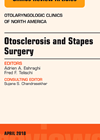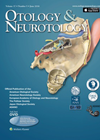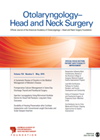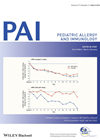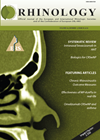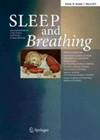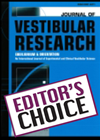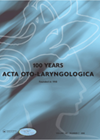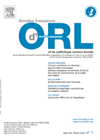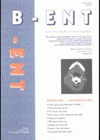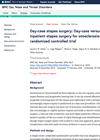
Journal Reviews archive for 2016
Preoperative risk factors: when do you need to refer to the haematologist?
It is essential that clinicians are able to identify and assess which patients are in the high risk category for bleeding during ENT surgery. A full history, including medications, herbal remedies taken, any other medical co-morbidities and family history of...
New MRI technique assesses treatment response in skull base osteomyelitis
This paper describes another useful imaging technique to monitor Necrotising Otitis Externa (NOE). Echoplanar diffusion weighted magnetic resonance (DW MR) shows high signal on the ‘ADC map’ with active disease and this reduces in signal intensity as symptoms improve. This...
Safety of outpatient thyroid and parathyroid surgery
This study examined the safety and outcomes of matched groups of patients, undergoing either inpatient thyroid / parathyroid surgery or being discharged within eight hours of surgery. There were 2,362 patients in each group who were matched by a ‘propensity...
Is Dymista® useful for paediatric allergic rhinitis?
Allergic rhinitis (AR) affects up to 14.6% of the paediatric population. Whilst a recent Cochrane review has considered the evidence for intranasal corticosteroids as `weak and unreliable’ in paediatric AR, this product is a novel formulation combining Fluticasone and Azelastine...
Steroids pre-FESS
This meta-analysis and systematic review from the Netherlands and the UK aims to answer the question of whether corticosteroids inhaled and / or taken orally are beneficial to patients with chronic rhinosinusitis undergoing functional endoscopic sinus surgery. Refreshingly 18 RCTs...
Outcome of TORS to tongue base and epiglottis in patients with OSA intolerant of conventional treatment
The use of transoral robotic surgery (TORS) in ENT is rather controversial, but the use of robotic surgery for obstructive sleep apneoa (OSA), makes it doubly so. Previous studies on TORS in OSA have been performed with other types of...
Type 2 diabetes and BPPV
Previous research has shown an association between BPPV and certain medical conditions such as hypertension, hyperlipidaemia and type 1 diabetes. The authors in this retrospective observational study investigated the interaction between BPPV and type 2 diabetes by examining the ‘role...
MRI and the endolymphatic space
This is an interesting study which was performed to evaluate the endolymphatic space in patients with endolymphatic hydrops (EH), using MR imaging. Seven patients aged between 21–77 years; five female, two male with unilateral or bilateral symptoms of EH were...
Which bone conduction implant (BCI) device to use?
Bone conduction implants (BCI) are alternatives when the use and benefit of conventional, prosthetic equipment is limited or contraindicated in patients who suffer from conductive, mixed and single-sided deafness. They are broadly divided into two main groups delivering vibration directly...
Age and the SSCC
This is a radioanatomical study on the CT scans of 385 temporal bones to measure some parameters of the superior semicircular canals (SCCC) including bony thickness, diameter and projection into the middle cranial fossa. All measurements were performed on a...
Learning curve for sialendoscopy
Sialendoscopy represents a minimally invasive technique that permits direct salivary tree visualisation and treatment using endoscopic techniques. Previous studies have shown that it is an efficacious, safe and potentially gland preserving method to treat major salivary gland disease. However, it...
Day care stapes surgery
This paper reports on a proposed unblinded, randomised controlled trial in which the hearing outcomes after inpatient stapes surgery will be compared with those after day case stapes surgery. The study is currently in the recruitment stage and plans to...

